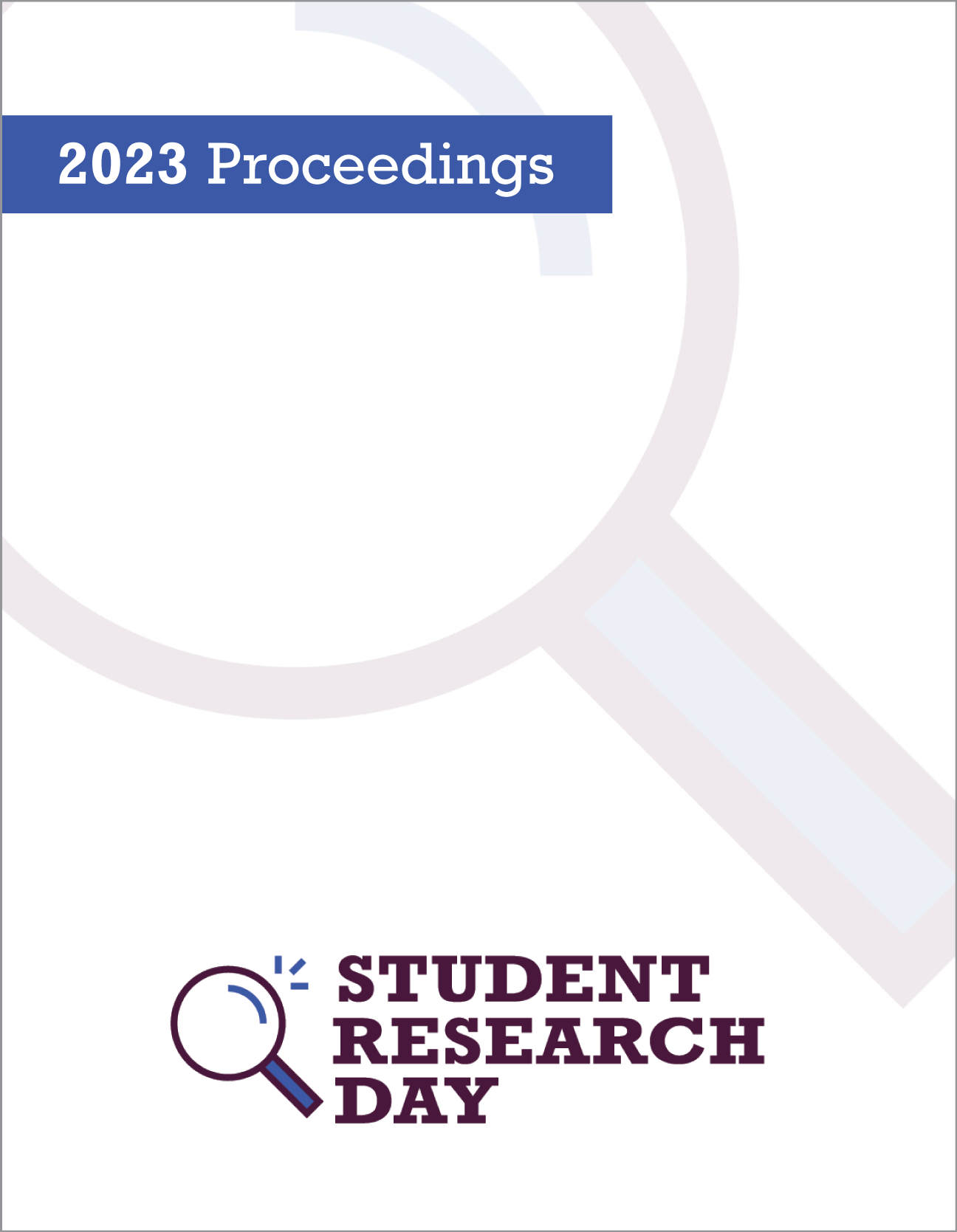Investigating Microplastic Ingestion in Ringed Seals (Pusa hispida) from the Eastern Canadian Arctic
Abstract
Anthropogenic pollution in the form of microplastics is present across the world’s oceans, including the Arctic. Ringed seals (Pusa hispida) play an essential role in Arctic marine food webs as predators for fish and invertebrates and prey for polar bears and humans. Their position in the food web may lead to the ingestion and accumulation of microplastics within their stomach, which poses risks to their overall health. However, limited data exist on the accumulation of microplastic within seal species from the Canadian Arctic. To better understand the extent of microplastic accumulation in ringed seals, thirty-five seal stomachs were collected in collaboration with Inuit hunters and trappers from Arviat and Resolute Bay, Nunavut, Canada. Stomachs were dissected, and contents passed through a series of sieves to fractionate contents based on size (< 53 µm - 1000 µm). The material in each sieve was digested for up to seven days using 20% potassium hydroxide, and anthropogenic particles were isolated using vacuum filtration. Optical microscopy was utilized to count and categorize plastics based on color and morphology, and polymer type was determined by Raman microspectroscopy. Preliminary results (n=6) reveal that ringed seals from both study sites ingest microfibers and micro-fragments less than <1000 µm. Confirmed microplastics were yellow or black and identified as polypropylene, polycarbonate, or polyester. This data will provide baseline information for future plastic pollution monitoring programs in the circumpolar arctic.
Faculty Mentor: Dr. Matthew Ross
Published
Issue
Section
License
Authors retain any and all existing copyright to works contributed to these proceedings.



